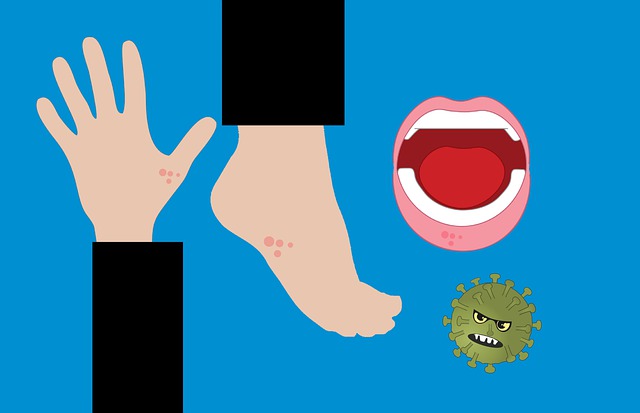Defining ADHD Treatment: Strategies and Interventions for Effective Management


Attention Deficit Hyperactivity Disorder (ADHD) necessitates a multifaceted approach to treatment, encompassing medication, behavioral therapy, education, and lifestyle adjustments. This article delves into the diverse treatment options available for ADHD, detailing their characteristics and highlighting the role each plays in managing the condition.
Defining ADHD Treatment: Strategies and Interventions for Effective Management
The 4 Treatment Approaches for ADHD
Overview of Treatment Options
| Treatment Approach | Description |
|---|---|
| Medication | Stimulant medications (e.g., methylphenidate, amphetamines) regulate neurotransmitters |
| Non-stimulant medications (e.g., atomoxetine) affect brain chemistry without stimulants | |
| Behavioral Therapy | Cognitive Behavioral Therapy (CBT) teaches coping strategies and behavioral skills |
| Behavioral interventions focus on rewarding positive behaviors and establishing routines | |
| Education and Support | Psychoeducation provides information and guidance about managing ADHD |
| Support groups offer a platform for sharing experiences and gaining emotional support | |
| Lifestyle Adjustments | Regular exercise helps in reducing hyperactivity and improving concentration |
| Nutritional considerations support overall brain function through a healthy diet |

Tailoring Treatment to Individual Needs
Individualized treatment plans are crucial for addressing the specific needs and challenges of each person with ADHD. Tailoring interventions based on symptom severity, coexisting conditions, and individual preferences enhances treatment efficacy.
Importance of a Multimodal Approach
Combining different treatment modalities often yields more comprehensive and effective results in managing ADHD. Integrating medication with behavioral therapy, educational support, and lifestyle adjustments can significantly improve overall outcomes.
4 Characteristics of Effective Treatments
| Characteristics | Description |
|---|---|
| Individualized | Tailored to suit specific symptoms and needs of each person with ADHD |
| Multifaceted | Incorporates various interventions like medication, therapy, education, and lifestyle changes |
| Holistic | Considers not only symptom management but also overall well-being and functioning |
| Collaborative | Involves collaboration between healthcare professionals, patients, and caregivers |
Considerations and Future Directions
Ongoing research in ADHD treatment explores novel therapeutic options and aims to refine existing approaches. Continuous evaluation and adaptation of treatments are essential to address evolving needs effectively.
Conclusion
The treatment landscape for Attention Deficit Hyperactivity Disorder encompasses a diverse array of interventions, ranging from medication and therapy to education and lifestyle adjustments. An individualized and multifaceted approach, considering the unique needs of each person, is key to effectively managing ADHD.
Combining various treatment modalities while emphasizing collaboration between healthcare professionals, patients, and caregivers is pivotal in optimizing therapy outcomes and enhancing the quality of life for individuals affected by ADHD.
The provided table offers an overview of various treatment approaches for ADHD, highlighting their characteristics and roles in managing the condition. It aims to provide a visual summary of the diverse treatment landscape available for individuals with ADHD.






